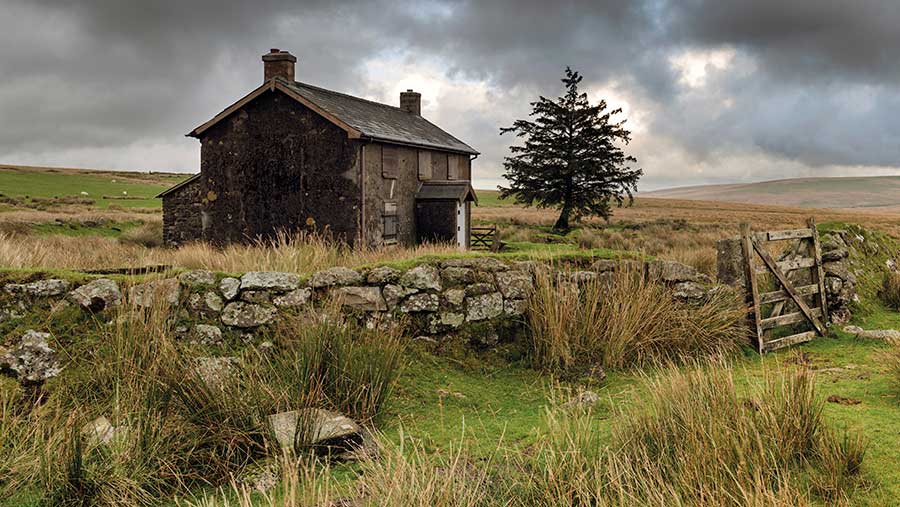Business Clinic: Must we pay extra SDLT on house with land?
 © Helen Hotson/Adobe Stock
© Helen Hotson/Adobe Stock Whether it’s a legal, tax, insurance, management or land issue, Farmers Weekly’s experts can help.
Andrew Robinson, partner and head of agriculture at Armstrong Watson, advises on whether a house purchase with land is affected by Stamp Duty Land Tax.
See also: Business Clinic – How will early BPS cash affect my tax bill
Q. A rundown residential property, traditional buildings and 5ha of land near our farm has come on the market.
The current owner grazed several horses of his own on the land.
Another neighbour grazed sheep on part of the land under a verbal agreement.
We have had an offer accepted to buy the property, and our solicitor has advised that we will be liable to pay the higher rate of Stamp Duty Land Tax (SDLT) for buying an additional residential property.
We had hoped the purchase would be classed as mixed-use, so avoiding the additional 3%.
We will renovate the house which will be occupied by our son, who is an employee of the business, and will eventually retire into it ourselves. The land will be used to graze our cattle.
A. Since April 2016, a person buying a residential property who already owns all or part of another dwelling is charged an extra 3% in addition to the normal SDLT.
There is a zero rate on the first £250,000, followed by a rate of 8% on the next £675,000, 12% on the next £575,000 and 15% on that part of the price above £1.5m.
By contrast, for mixed-use or commercial properties there is a zero rate on the first £150,000 followed by 2% on the next £100,000 and 5% on anything above £250,000.
It is important to note that SDLT applies only to property purchases in England and Northern Ireland. Different taxes apply in Wales (Land Transaction Tax) and Scotland (Land and Buildings Transaction Tax).
The question of what is a mixed-use property has been the subject of several tribunal cases recently, with HMRC winning most of them. Unfortunately, there is no clear legislative definition.
HMRC takes the approach that land and buildings bought with a house are treated as garden or grounds, unless there is commercial exploitation at the time of purchase.
What you intend to use the property for after you have bought it is not relevant.
Tribunal
HMRC took this approach in a recent tribunal case, where 16ha of land was bought with a house.
Of this, 5ha was accepted as garden and grounds, 3.5 ha as woodland, and 7.5ha was grazing land away from the house which was rented to a local farmer for what was described as a peppercorn rent.
However, the farmer was said to perform other services such as hedge cutting for the property owner as part of his grazing licence.
HMRC argued that the absence of a commercial income for the 7.5ha meant that the whole purchase price should be subject to the higher rates of SDLT.
Fortunately for the purchaser, the tribunal agreed that this was a mixed-use property and the lower rate of SDLT applied.
In your case, the current arrangement with the neighbouring farmer will be critical in determining the rate of SDLT payable.
A written grazing licence would have been better than a verbal agreement in evidencing commercial exploitation.
Unfortunately, it is not possible to give a definitive answer and you need to take expert advice from an SDLT specialist.
Do you have a question for the panel?
Outline your legal, tax, finance, insurance or farm management question in no more than 350 words and Farmers Weekly will put it to a member of the panel. Please give as much information as possible.
Email your question to FW-Businessclinic@markallengroup.com using the subject line “Business Clinic”.
